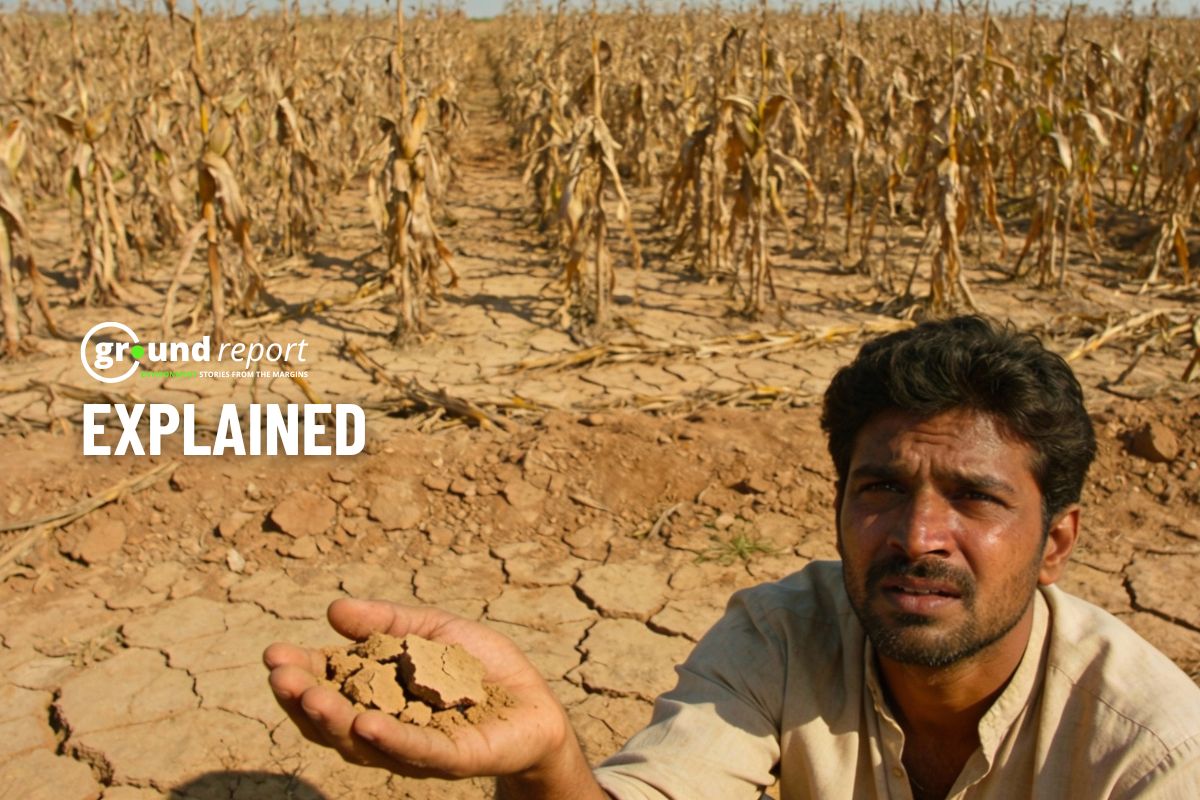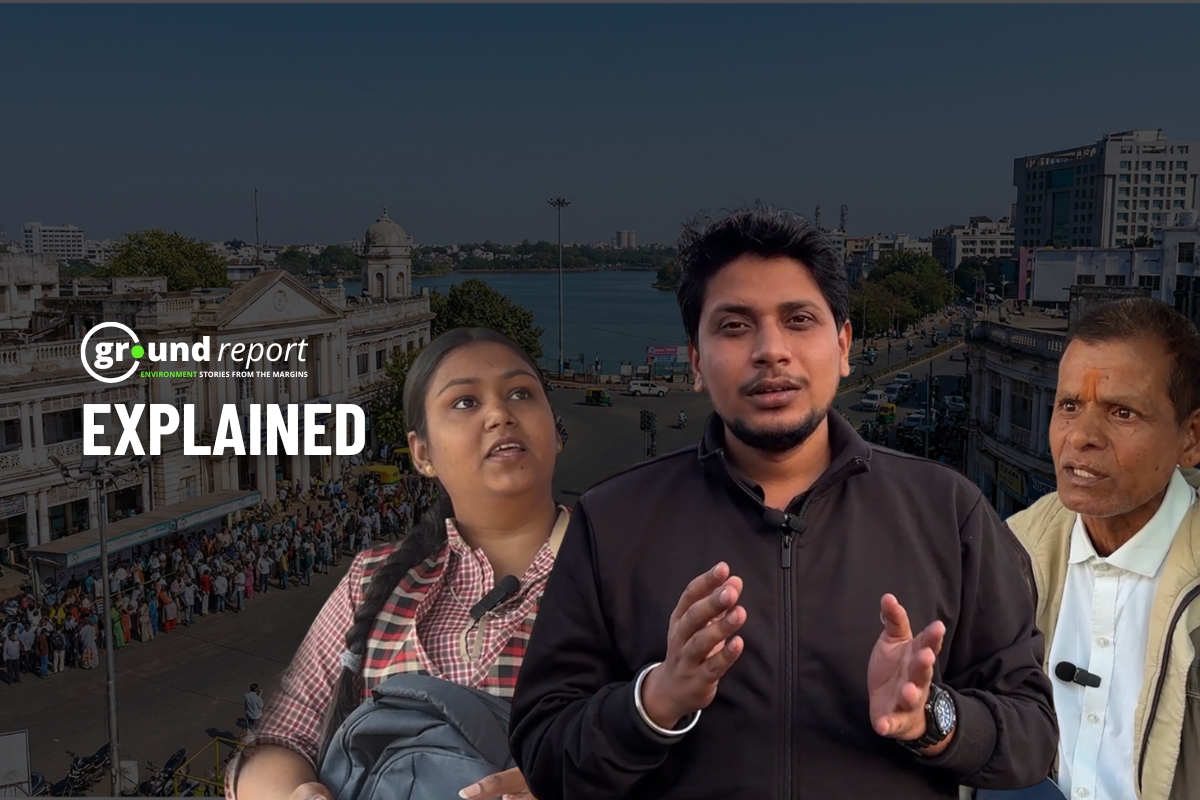Telemedicine has always had the potential to improve access and reduce the costs of healthcare. It has been thrust into the spotlight in the fight against COVID-19 and is being employed in many different ways to better tackle the challenges.
The COVID-19 pandemic continues to spread rapidly and overwhelm health systems around the world. To cope with this unprecedented usage of healthcare resources, increasingly novel solutions are being brought into the fray. Telemedicine has been thrust into the spotlight in the fight against COVID-19 and is being employed in many different ways to better tackle the challenges.
What is Telemedicine?
Telemedicine has always had the potential to improve access and reduce the costs of healthcare. It refers to the provision of remote clinical services, via real-time two-way communication between the patient and the healthcare provider, using electronic, audio and visual means. Telemedicine is not a new development, it has been in practice in many countries across the globe.
Technical requirements include hardware, software, connectivity, acquisition, storage, retrieval, display, while health care providers have to be oriented, trained, helped with customisations, to be cost effective, self-sustaining, and follow all the regulations in order to be future-ready.
Types of Telemedicine
Different modalities includes a)Telephonic consultation, b)Chat mode, c) Whats App, d)SMS, e) Video consult, f) Proper full-fledged telemedicine using an approved EMR (Electronic Medical Record) where case records, images, investigations, teleconsults can be stored, retrieved and a good video camera is used for interaction. Peripheral medical devices located remotely can be controlled and results obtained in real time.
Surge of Telemedicine while COVID19
With the beginning of the Covid-19 outbreak in India, the huge rise in e-consultation has been witnessed across companies Digital health platform, Practo has been witnessing the surge since the beginning of March. “The teleconsultations have been growing at an average of over 100 per cent week-on-week. Also, there is almost 50 per cent increase in the number of doctors joining Practo.second medical opinion platform Foreign OPD, which have also begun getting first opinion consultation and are soon planning to launch mobile applications to connect with many people better.
Noticing the high demand of Telemedicine,The Niti Aayog introduced the telemedicine guidelines. According to the draft copy of the guidelines, the government is committed to providing equal access to quality care to all and digital health is a critical enabler for the overall transformation of the health system.
These guidelines will provide information on various aspects of telemedicine including information on technology platforms and tools available to medical practitioners and how to integrate these technologies to provide healthcare delivery
Hence, the government believes that mainstreaming telemedicine in health systems will minimise inequity and barriers to access. “India’s digital health policy advocates the use of digital tools for improving the efficiency and outcomes of the healthcare system and lays significant focus on the use of telemedicine services, especially in the health and wellness centres at the grassroots level wherein a mid–level provider/health worker can connect the patients to the doctors through technology platforms in providing timely and best possible care,” the report mentions. Further on, the document elaborates on the purpose of these guidelines.
Considerations of Telemedicine
Like any other technology, the technology used for telemedicine services can be abused. It has some risks, drawbacks and limitations, which can be mitigated through appropriate training, enforcement of standards, protocols and guidelines. These guidelines, therefore, should be used in conjunction with other national clinical standards, protocols, policies and procedures.
Written by Kumar Saurav, He is Journalism graduate from Indian Institute of Mass Communication New Delhi.
Support us to keep independent environmental journalism alive in India.
Keep Reading
Part 1: Cloudburst in Ganderbal’s Padabal village & unfulfilled promises
India braces for intense 2024 monsoon amid recent deadly weather trends
Follow Ground Report on X, Instagram and Facebook for environmental and underreported stories from the margins. Give us feedback on our email id greport2018@gmail.com.
Don’t forget to Subscribe to our weekly newsletter, Join our community on WhatsApp, and Follow our YouTube Channel for video stories.









